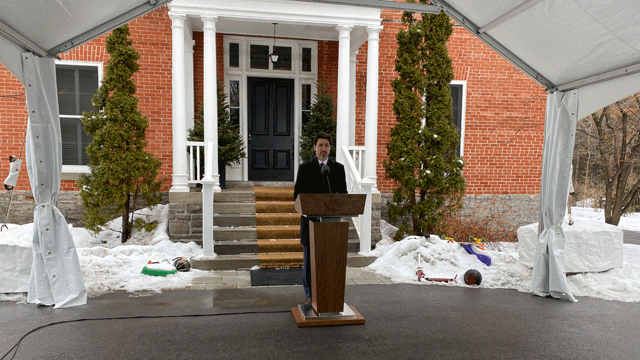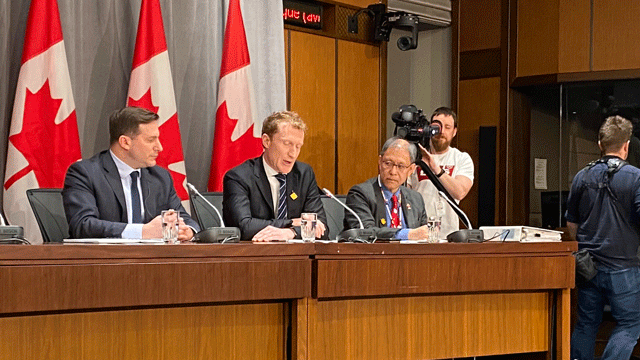
Mixed reactions to government’s plan to address COVID-19 in Indigenous communities
Miller said the $305 million – which was part of an $82-billion response package – is for “the immediate needs of Indigenous communities.”
“We’re working quickly to develop a community support fund to ensure rapid access for those who need it most. We’ll have more to say on this very soon.”
But details remain opaque.
Miller was asked how Indigenous Services Canada (ISC) will prioritize distribution of the funds among different communities.
“That is money that will be addressed in very, very short order to reflect a number of elements – obviously population, obviously remoteness, obviously need. This is a formula that we’ll be elaborating and getting out in short order.”
Concerns about distribution of funds are well founded. Provincial and federal governments have a history of jurisdictional squabbling over provision of social services for First Nations.
This led to the creation of Jordan’s Principle: a needs-based program that calls on the first government contacted to provide social services to First Nations children and seek reimbursement after.
Miller suggested that community leaders can reach out to him if things aren’t going well with other jurisdictions.
“What we’re encouraging leadership to do is work with their health authorities, work with their health officers, health leadership, nurses, doctors to establish the needs and priorities that they need to coordinate and filter through the primary health provider which is the provinces,” he stated.
“And then supported by Indigenous Services Canada to the extent – and I’ve said this quite clearly – if they feel they are not getting the response that they are entitled to they are to direct me, contact me and my team directly in order to have a discussion about what the needs and resources are.”

(Minister Marc Miller and Dr. Tom Wong at the COVID-19 cabinet committee briefing. Photo: Brett Forester/APTN)
Dr. Tom Wong, chief medical officer with First Nations Inuit Health Branch (FNIHB), sat to Miller’s left.
He said the three levels of government need to come together.
“The solution has to be a partnership between governments, public health departments, provinces, territories, and the communities.”
Federal NDP Leader Jagmeet Singh also raised concerns. He issued a press release later calling on the government to make sure the money reaches Indigenous communities quickly.
“Communities need funding now, not weeks from now,” said Singh, referring to the fact the relief funds require royal assent.
“That’s precisely what we’re discussing in our department today,” Miller said. “Our expectation is to deploy that money out as quickly as possible and to communities.”
Miller said his government was trying to learn from H1N1 in 2009. When First Nations leaders in Manitoba asked for help during that crisis, Ottawa sent them body bags.
“There were disproportionate regions that were affected, and Indigenous communities sometimes were three, four, five times more affected by H1N1 than non-Indigenous communities,” he said.
Miller said they’re pushing public hygiene, increasing surge capacity, and working on pandemic preparedness plans so that, when it hits, people are ready.
“We cannot shy away from the fact this is not a question of if – it’s a question of when. But Indigenous communities have a chance to prepare and address this and flatten the curve on a community basis.”
FNHIB is responsible for helping First Nations communities prepare for emergencies such as pandemics.
Wong said over 85 per cent of communities have plans, though Miller said these plans need to be updated.
Wong also pointed to the role Indigenous traditions can play.
“Indigenous communities have been telling us about something that’s so important, which is culture: culture as prevention, culture as treatment, culture as resilience, and that’s something we support.”
The Indigenous Community Fund is scheduled to be implemented in April, according to a backgrounder released Wednesday.
For ongoing pandemic coverage click here: COVID-19









